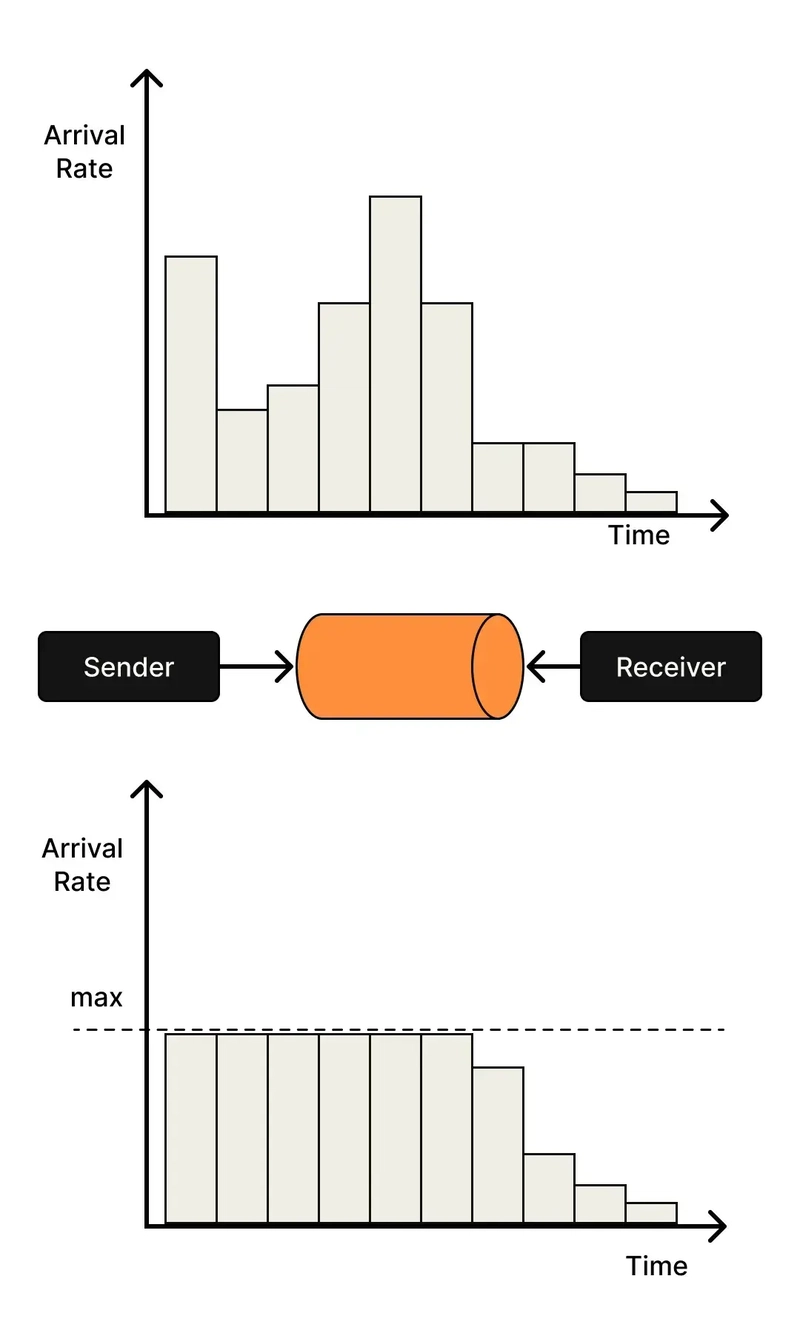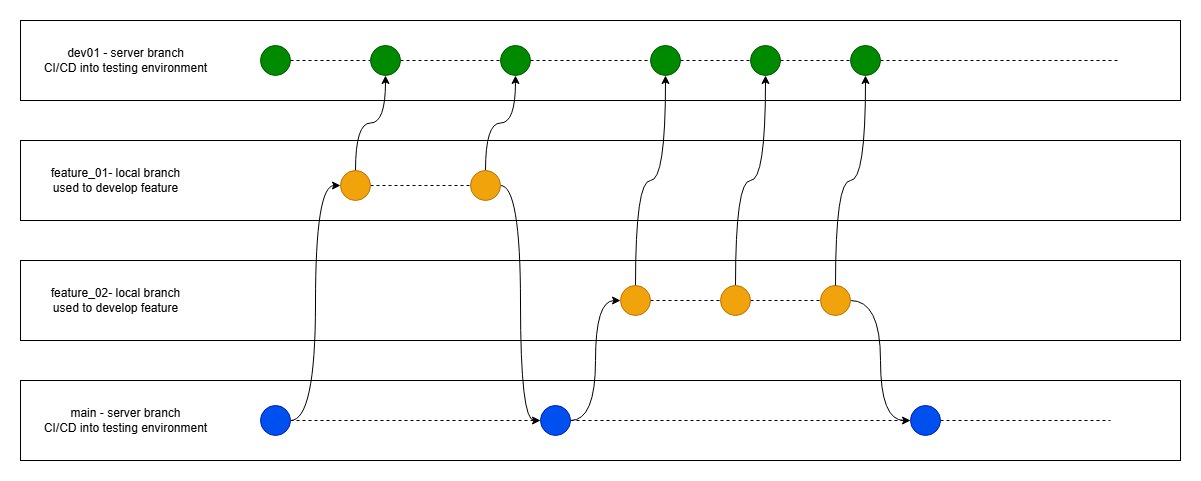2.2.3 Hybrid Architectures (Distributed Systems)
1. Introduction to Hybrid Architectures Hybrid architectures combine elements of client-server and peer-to-peer (P2P) systems. Goal: Take advantage of both models (client-server manageability + P2P scalability). Solve the problems of purely decentralized systems (for example, low reliability or "freeloaders" in P2P). 2. Edge-Server Systems (Systems with edge servers) 2.1. Definition and location in the network Edge servers are located at the junction of networks: Between the corporate network and the Internet (for example, for Internet service providers — ISPs). Between users and the core of the Internet (for example, CDN servers). Examples: Cloudflare and Akamai servers. Local caching proxies at the ISP. 2.2. Architecture and operating principle Origin Server Stores original content (for example, the company's main website). Edge Servers Replicate content from the origin server. Serve user requests closer to their location (reducing delays). Edge server functions: -Caching (saving copies of pages, videos). Filtering (blocking DDoS attacks). Transcoding (adapting content to devices, for example, video compression for mobile). 2.3. Advantages Speed: Content is delivered faster (fewer network hops). Reliability: If one edge server crashes, the others continue to work. Traffic savings: Less load on the origin server. 2.4. Usage Examples CDN (Content Delivery Networks): Services like Netflix, YouTube use edge servers for video streaming. Cloud Computing: AWS Lambda@Edge executes code closer to users. 3. Collaborative Distributed Systems 3.1. General concept Hybridity: -Centralized components for management (for example, trackers in BitTorrent). Decentralized components for interaction (P2P data exchange). Goal: Combine the efficiency of P2P with the control of client-server systems. 3.2. Example 1: BitTorrent Architecture Centralized components: Trackers (Tracker): Servers that store information about: Which nodes are involved in the distribution. What parts of the file they have. Directories (.torrent files): Links to trackers and file metadata (hashes, size of parts). Decentralized components: Peers: Nodes that exchange parts of a file directly (P2P). The principle of operation The user downloads a .torrent file from a directory site. The client (for example, Mktorrent) connects to the tracker to get a list of peers. The download of the file ** begins piece by piece (chunks)** from different nodes. Tit-for-Tat ("you—to-me, I—to-you" exchange): If node A downloads data from node B, then A must also give data to B. Otherwise it reduces the recoil rate (anti-freeloader mechanism). Problems Vulnerability of trackers: If the tracker shuts down, new nodes will not be able to connect. Uneven load distribution: Popular files load faster, rare files load slower. 3.3. Example 2: Globule (Collaborative CDN) Architecture The decentralized part: Users' voluntary web servers (for example, Alice and Bob's server). Each server can: Replicate other people's web pages. Redirect requests. Centralized part: Broker: Registers servers. Coordinates content replication. The principle of operation A request to Alice's website first goes to her origin server. The server analyzes the load and can: Handle the request itself. Redirect to another server (for example, Bob's), where there is a copy of the page. Broker helps servers find each other. Advantages Flexibility: It is possible to scale without expensive data centers. Fault tolerance: If one server crashes, the others continue to work. 4. Comparison of hybrid architectures System Centralized components Decentralized components Usage Examples Edge Servers Origin server Replicated edge Servers CDN (Cloudflare, Akamai) BitTorrent Trackers, .torrent directories Peers (P2P) File sharing (mktorrent) Globule Broker Voluntary Web Servers Decentralized CDNs 5. Conclusions Hybrid systems combine the best of client-server and P2P architectures. Edge-Server Systems optimize content delivery (less delays, higher reliability). Collaborative systems (BitTorrent, Globule) use centralized management to start, but work in a decentralized manner. Trends: Development of CDN and edge computing (for example, AWS Edge Locations). Hybrid blockchains (Ethereum 2.0 with different types of nodes). *The result: Hybrid architectures are a compromise between manageability and scalability that is critical for modern distributed systems.

1. Introduction to Hybrid Architectures
Hybrid architectures combine elements of client-server and peer-to-peer (P2P) systems.
Goal:
- Take advantage of both models (client-server manageability + P2P scalability).
- Solve the problems of purely decentralized systems (for example, low reliability or "freeloaders" in P2P).
2. Edge-Server Systems (Systems with edge servers)
2.1. Definition and location in the network
-
Edge servers are located at the junction of networks:
- Between the corporate network and the Internet (for example, for Internet service providers — ISPs).
- Between users and the core of the Internet (for example, CDN servers).
- Examples:
- Cloudflare and Akamai servers.
- Local caching proxies at the ISP.
2.2. Architecture and operating principle
- Origin Server
- Stores original content (for example, the company's main website).
- Edge Servers
- Replicate content from the origin server.
- Serve user requests closer to their location (reducing delays).
-
Edge server functions:
-Caching (saving copies of pages, videos).
- Filtering (blocking DDoS attacks).
- Transcoding (adapting content to devices, for example, video compression for mobile).
2.3. Advantages
- Speed: Content is delivered faster (fewer network hops).
- Reliability: If one edge server crashes, the others continue to work.
- Traffic savings: Less load on the origin server.
2.4. Usage Examples
- CDN (Content Delivery Networks):
- Services like Netflix, YouTube use edge servers for video streaming.
- Cloud Computing:
- AWS Lambda@Edge executes code closer to users.
3. Collaborative Distributed Systems
3.1. General concept
-
Hybridity:
-Centralized components for management (for example, trackers in BitTorrent).
- Decentralized components for interaction (P2P data exchange).
-
Goal:
- Combine the efficiency of P2P with the control of client-server systems.
3.2. Example 1: BitTorrent
Architecture
- Centralized components:
- Trackers (Tracker): Servers that store information about:
- Which nodes are involved in the distribution.
- What parts of the file they have.
- Directories (.torrent files):
- Links to trackers and file metadata (hashes, size of parts).
- What parts of the file they have.
- Decentralized components:
- Peers: Nodes that exchange parts of a file directly (P2P).
The principle of operation
- The user downloads a
.torrentfile from a directory site. - The client (for example, Mktorrent) connects to the tracker to get a list of peers.
- The download of the file ** begins piece by piece (chunks)** from different nodes.
- Tit-for-Tat ("you—to-me, I—to-you" exchange):
- If node A downloads data from node B, then A must also give data to B.
- Otherwise it reduces the recoil rate (anti-freeloader mechanism).
Problems
- Vulnerability of trackers: If the tracker shuts down, new nodes will not be able to connect.
- Uneven load distribution: Popular files load faster, rare files load slower.
3.3. Example 2: Globule (Collaborative CDN)
Architecture
- The decentralized part:
- Users' voluntary web servers (for example, Alice and Bob's server).
- Each server can:
- Replicate other people's web pages.
- Redirect requests.
- Centralized part:
-
Broker:
- Registers servers.
- Coordinates content replication.

The principle of operation
- A request to Alice's website first goes to her origin server.
- The server analyzes the load and can:
- Handle the request itself.
- Redirect to another server (for example, Bob's), where there is a copy of the page.
- Broker helps servers find each other.
Advantages
- Flexibility: It is possible to scale without expensive data centers.
- Fault tolerance: If one server crashes, the others continue to work.
4. Comparison of hybrid architectures
| System | Centralized components | Decentralized components | Usage Examples |
|---|---|---|---|
| Edge Servers | Origin server | Replicated edge Servers | CDN (Cloudflare, Akamai) |
| BitTorrent | Trackers, .torrent directories | Peers (P2P) | File sharing (mktorrent) |
| Globule | Broker | Voluntary Web Servers | Decentralized CDNs |
5. Conclusions
- Hybrid systems combine the best of client-server and P2P architectures.
- Edge-Server Systems optimize content delivery (less delays, higher reliability).
- Collaborative systems (BitTorrent, Globule) use centralized management to start, but work in a decentralized manner.
- Trends:
- Development of CDN and edge computing (for example, AWS Edge Locations).
- Hybrid blockchains (Ethereum 2.0 with different types of nodes).
*The result: Hybrid architectures are a compromise between manageability and scalability that is critical for modern distributed systems.





































































































































































![[The AI Show Episode 145]: OpenAI Releases o3 and o4-mini, AI Is Causing “Quiet Layoffs,” Executive Order on Youth AI Education & GPT-4o’s Controversial Update](https://www.marketingaiinstitute.com/hubfs/ep%20145%20cover.png)



























































































































![[DEALS] Microsoft 365: 1-Year Subscription (Family/Up to 6 Users) (23% off) & Other Deals Up To 98% Off – Offers End Soon!](https://www.javacodegeeks.com/wp-content/uploads/2012/12/jcg-logo.jpg)




![From Art School Drop-out to Microsoft Engineer with Shashi Lo [Podcast #170]](https://cdn.hashnode.com/res/hashnode/image/upload/v1746203291209/439bf16b-c820-4fe8-b69e-94d80533b2df.png?#)










































































































(1).jpg?#)































_Inge_Johnsson-Alamy.jpg?width=1280&auto=webp&quality=80&disable=upscale#)















































































































![New Apple iPad mini 7 On Sale for $399! [Lowest Price Ever]](https://www.iclarified.com/images/news/96096/96096/96096-640.jpg)
![Apple to Split iPhone Launches Across Fall and Spring in Major Shakeup [Report]](https://www.iclarified.com/images/news/97211/97211/97211-640.jpg)
![Apple to Move Camera to Top Left, Hide Face ID Under Display in iPhone 18 Pro Redesign [Report]](https://www.iclarified.com/images/news/97212/97212/97212-640.jpg)
![Apple Developing Battery Case for iPhone 17 Air Amid Battery Life Concerns [Report]](https://www.iclarified.com/images/news/97208/97208/97208-640.jpg)




































































































